NSF
-
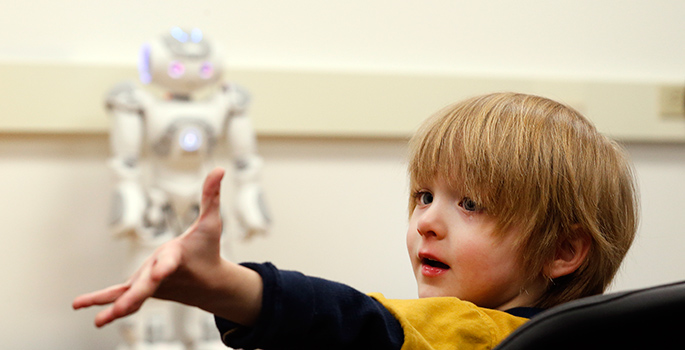
Humanoid robot helps train children with autism
An interdisciplinary team of mechanical engineers and autism experts at Vanderbilt University have developed an adaptive robotic system and used it to demonstrate that humanoid robots can be powerful tools for enhancing the basic social learning skills of children with autism. Read MoreMar 23, 2013
-

Douglas Hall, noted astronomer and former director of Dyer Observatory, dies
Douglas S. Hall, professor of physics and astronomy, emeritus, died March 16 after a brief illness. Hall was a distinguished astronomer and scientist credited with several significant discoveries. Read MoreMar 20, 2013
-
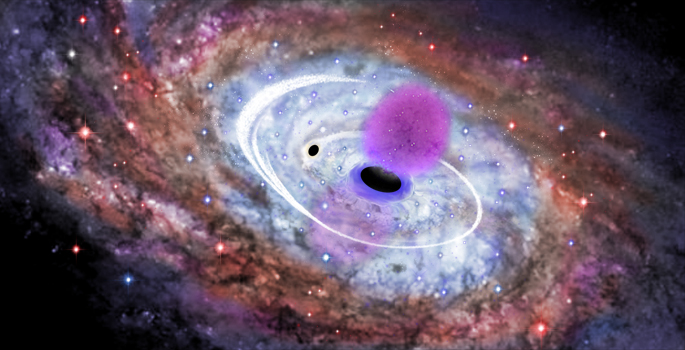
CSI: Milky Way
Two astronomers from Vanderbilt and Georgia Tech, sharing a car after a snowstorm canceled their flights home from a conference, put together everything they had learned at the conference during that snowy drive and worked out that a collision between two black holes could explain most of what is known of a violent episode in the Milky Way's past. Read MoreMar 6, 2013
-

‘Snooze button’ on biological clocks improves cell adaptability
(iStock) The circadian clocks that control and influence dozens of basic biological processes have an unexpected “snooze button” that helps cells adapt to changes in their environment. A study by Vanderbilt University researchers published online Feb. 17 by the journal Nature provides compelling new evidence that at least some species… Read MoreFeb 17, 2013
-

Evidence moles can smell in stereo
Neuroscientist Kenneth Catania has resolved a long-standing scientific debate by showing that the common mole can smell in stereo. Read MoreFeb 5, 2013
-
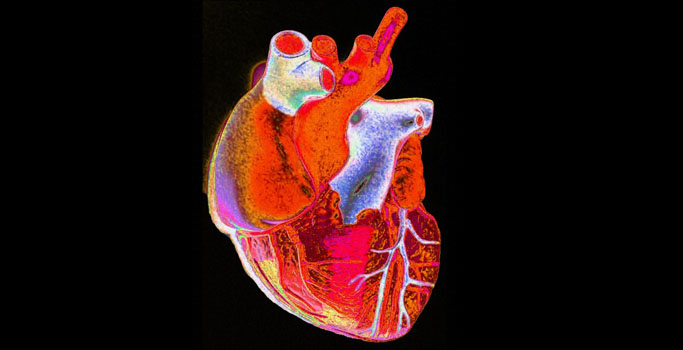
Preventing hardened heart valves
Blocking a serotonin receptor may provide a novel therapy for heart valve disease. Read MoreDec 26, 2012
-
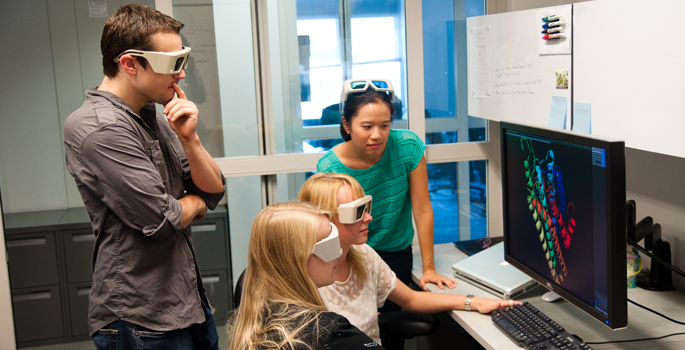
The Leipzig Connection
In the last five years a grassroots faculty collaboration with the University of Leipzig has flowered, making the historic German university one of Vanderbilt's half dozen strategic international partners. Read MoreDec 14, 2012
-
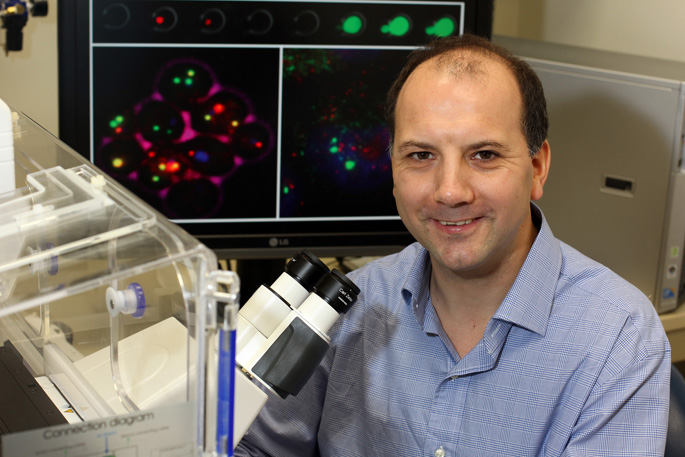
VU recruit’s work lights up genetic ‘dark matter’
They’ve been called “junk DNA” and genetic “dark matter” — the long segments of the human genome (98 percent of it) that do not encode protein. Read MoreOct 11, 2012
-

NSF funding boosts Vanderbilt climate change studies in Sri Lanka
In 2010 the Vanderbilt Institute for Energy and Environment began a unique interdisciplinary study of agricultural adaptation to water scarcity in Sri Lanka's Mahaweli River Watershed. Now a five-year, $3.7M grant from the National Science Foundation, through their Water Sustainability and Climate program, will further the study and its global best practices. Read MoreSep 6, 2012
-

Spinach power gets a major boost
Vanderbilt researchers have combined the photosynthetic protein that converts light into electrochemical energy in spinach with silicon, the material used in solar cells, in a fashion thatproduces substantially more electrical current than has been reported by previous "biohybrid" solar cells. Read MoreSep 4, 2012
-

Engineer, astronomer and geologist receive NSF Faculty Early Career Development awards
An electrical engineer who is attempting to make wireless communications more reliable, an astronomer who studies the evolution of the cosmos by creating large numbers of virtual universes and a geologist who is studying the origins of super-eruptions have received the National Science Foundation’s Faculty Early Career Development awards. Read MoreAug 9, 2012
-

Radiation damage bigger problem in microelectronics than previously thought
The amount of damage that radiation causes in electronic materials may be at least 10 times greater than previously thought, say Vanderbilt scientists using a combination of lasers and acoustic waves to pinpoint the size and location of defects buried deep inside. Read MoreJul 19, 2012
-

What do beer, dogs and cats have in common? A tale of microbial domestication
Study maps the genetic changes involved in the domestication of Aspergillus oryzae, one of the fungi used to make sake, soy sauce and miso. Read MoreJul 12, 2012
-

Newborn star’s spots confirm stellar growth theory
The latest observations of a newly born star have found that it has a pair of spots on its surface that are heated to more than one million degrees. The presence of these spots confirms a theory for how stellar infants grow advanced by Professor of Astronomy David Weintraub and a colleague. Read MoreJul 10, 2012
-

Record number of Vanderbilt grad students score prestigious NSF fellowships
This year a record number of Vanderbilt Graduate School students have won prestigious National Science Foundation graduate research fellowships. Read MoreJun 19, 2012
-

Sengupta receives NSF CAREER award
Peabody's Pratim Sengupta has won a prestigious CAREER award from the National Science Foundation. Read MoreJun 14, 2012
-
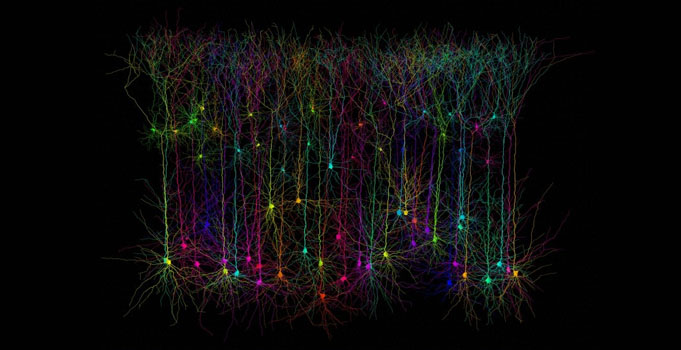
New clue to ADHD
A rare genetic change adds support to the idea that altered dopamine signaling is a key risk factor for ADHD. Read MoreMay 15, 2012
-

Quantum dots brighten the future of lighting
Vanderbilt researchers have boosted the efficiency of a novel source of white light called quantum dots more than tenfold, making them of potential interest for commercial applications. Read MoreMay 8, 2012
-
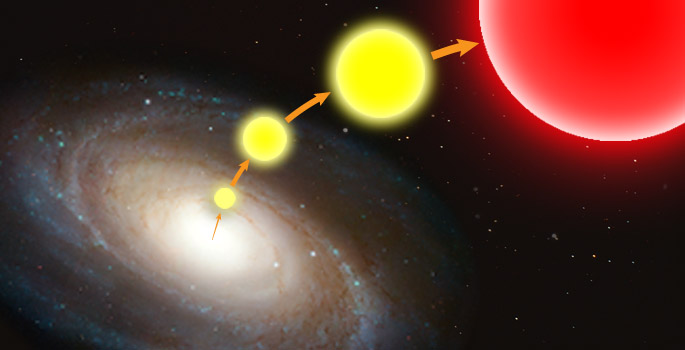
Rogue stars ejected from the galaxy found in intergalactic space
Astronomers have identified nearly 700 rogue stars that appear to have been ejected from the Milky Way galaxy. Read MoreApr 30, 2012
-

High school students turn blackberries into solar cells
VINSE is starting new high school field trip program where they will have students create a solar cell out of blackberries and raspberries. Read MoreMar 21, 2012